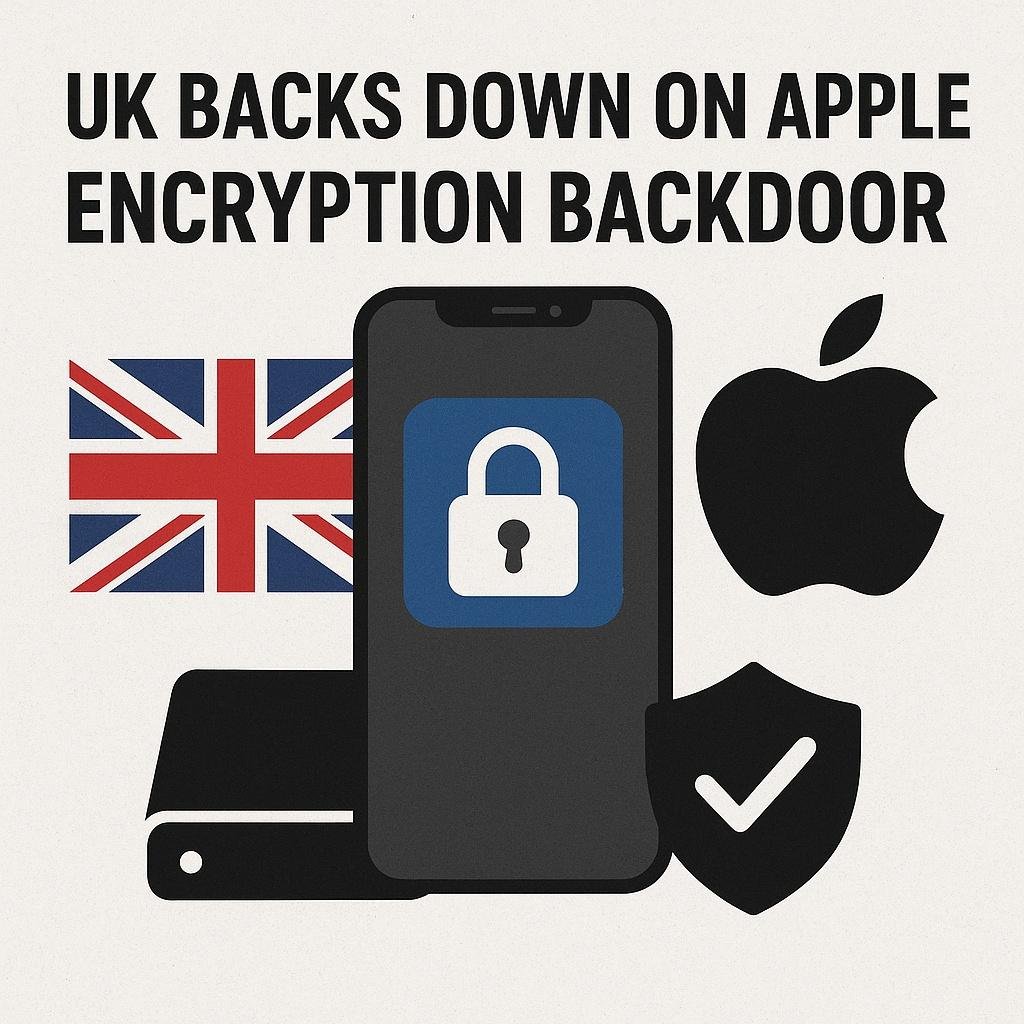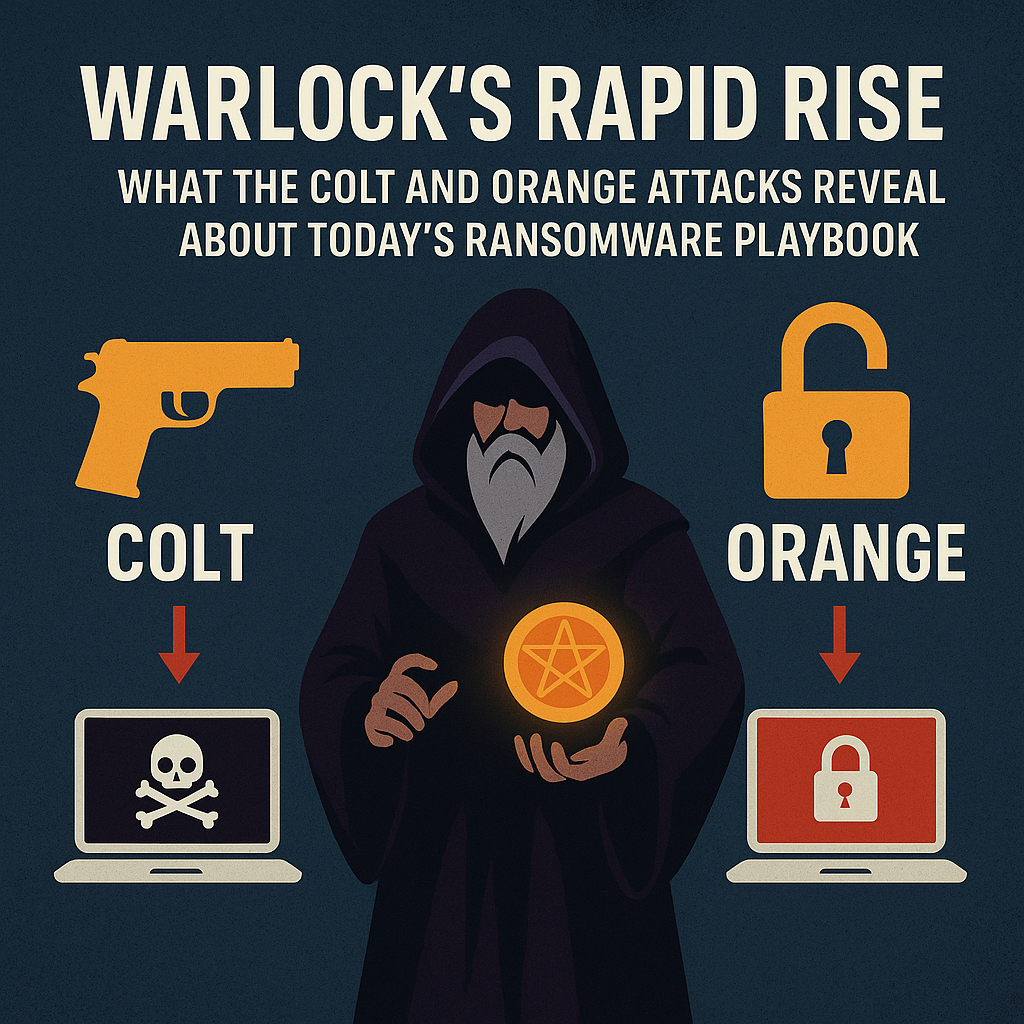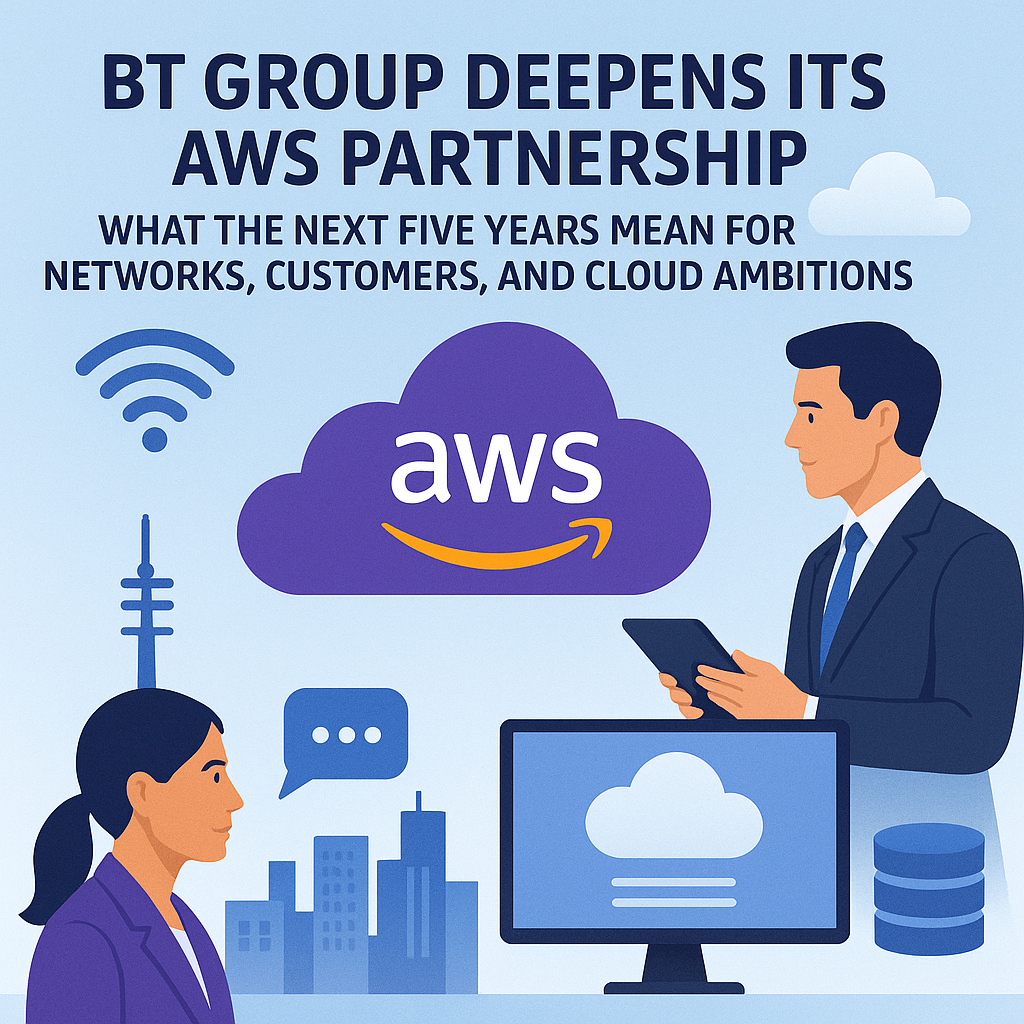Introduction
A tense dispute over privacy, security, and national sovereignty has eased. The United States has confirmed that the United Kingdom will no longer push Apple to build a secret way in to its encrypted iCloud services. For months, the issue had stirred diplomacy at the highest levels and raised alarms among privacy advocates, technologists, and lawmakers. It also left everyday iPhone users wondering whether their cloud backups could be opened on demand by a foreign government.
This deep-dive explains what changed, how we got here, and what it means for users, developers, and policymakers. It places the decision in context: the legal powers the UK relied on, Apple’s technical design choices, and the cross-border rules that govern how allied nations share data. Most important: it translates a complex policy fight into practical takeaways you can use to protect your accounts today.
The short version: what happened
The United States said the UK has agreed to drop its demand that Apple create a special access route into encrypted data that could have exposed information belonging to Americans and others. The request stemmed from a UK order under domestic surveillance law. Apple resisted, saying any built-in bypass would weaken everyone’s security. After weeks of behind-the-scenes talks involving senior officials in Washington and London, the UK stood down. The political flare-up has cooled, but a set of big questions remains for technology companies and governments worldwide.
How we got here: the order, the law, and Apple’s response
The UK’s Investigatory Powers Act 2016 gives authorities tools to compel companies to assist with access in serious crime and national security cases. Early this year, the British home secretary issued a secret order often described as a Technical Capability Notice. Reporting indicated that it sought a general ability to obtain data stored in Apple’s iCloud, including content protected by end-to-end encryption. Apple challenged the order in a special UK tribunal and publicly argued that weakening encryption would put every user at risk. In the same period, Apple limited its most advanced iCloud encryption option for new sign-ups in the UK. The move drew attention to the real-world stakes for millions of users who rely on iCloud backups.
Why the United States stepped in
The United States and the United Kingdom share data under a legal framework that streamlines cross-border evidence access while setting guardrails. One of those guardrails is crucial: neither country can force a company to break or weaken encryption. When the UK order surfaced, members of Congress and national security officials questioned whether it clashed with that agreement. US officials signaled that if a partner’s demand threatened Americans’ rights and data security, Washington would push back. That pressure, paired with Apple’s litigation and a chorus from civil society, helped steer the dispute toward a diplomatic off-ramp.
The role of the US intelligence community
The announcement that Britain would drop its pursuit came from the US director of national intelligence. For the intelligence community, the position is not just about privacy ideals. It is about operational security. A universal backdoor is a single point of failure. If it exists for one government, it exists for sophisticated adversaries to find and exploit. That risk assessment aligns with decades of security engineering: once a bypass is built into a system, defenders lose the ability to guarantee confidentiality at scale.
Backdoors versus targeted access: the technical reality
End-to-end encryption means only the sender and intended recipient can read content. Apple’s optional Advanced Data Protection extends that design to iCloud backups and other categories, so the company itself cannot decrypt user data on its servers. A common proposal is to add a special door that only trusted authorities can open. The problem is implementation. Any secret entry point needs keys, internal processes, and code paths. Each becomes an attack surface. Every new integration or update creates more chances for a bug, a misconfiguration, or a leak. Security engineers often compare this to installing a universal master key in the lock of every home. The key might be guarded, but the stakes of losing it are catastrophic.
What this means for UK users today
For people in the UK who rely on iCloud, the immediate tension has eased. The government is not moving ahead with a blanket demand for a decryption route. The practical question now is product parity. Will Apple restore its most protective iCloud settings to the same level as other markets and for all new users. The company will weigh legal clarity, the remaining litigation steps, and the need to ensure that any commitment to privacy does not put its employees or customers at risk in any jurisdiction. In the meantime, UK users can still take meaningful steps to harden their accounts. Use a strong device passcode. Turn on two-factor authentication. Create and safely store an account recovery key if you choose advanced encryption features. These are small habits that materially raise your security baseline.
What this means for users outside the UK
People in the United States and elsewhere should see the outcome as a confirmation of a principle: allied cooperation on crime cannot come at the cost of universal system weakness. Existing agreements provide channels for lawful access requests without ordering companies to undermine their own protections. That balance does not eliminate tensions. It gives stakeholders a way to resolve them without breaking the mathematics that keep billions of daily transactions and conversations private. The path used in this case shows that when secret demands collide with cross-border rules, transparency and diplomacy can correct course.
Law enforcement’s challenge is real: here is the honest trade-off
Investigators face encrypted devices and services in more cases than ever. Families want answers. Courts need evidence. Police leaders argue they are going dark. Those concerns are not abstract. But so are the harms of weakened encryption. Hospitals, power grids, financial rails, and small businesses depend on strong cryptography to keep ransomware crews out and fraud in check. When policymakers weigh these aims, they confront an unavoidable trade-off. A special access system might help some cases in the short term. It would also create a long-term vulnerability for everyone, which criminals and hostile states would inevitably try to exploit. The UK’s step back acknowledges that reality.
What to watch next: three signals that show where policy is heading
First: transparency around technical capability notices. Even minimal public disclosures help courts and the public assess whether surveillance powers are being used proportionately. Second: product parity decisions by large platforms. If companies maintain full-strength encryption features globally, that signals confidence in the legal landscape. If they carve out exceptions, expect renewed controversy. Third: the health of cross-border data agreements. If either side moves to rewrite encryption guardrails, similar disputes will return quickly.
Practical security steps you can take now
You do not need to wait for policy to settle to improve your risk posture. Review your Apple ID security settings and make sure two-factor authentication is on. Use a unique, lengthy passcode on your device. If you enable advanced cloud encryption, generate a recovery key and store it offline in a place only you can access. Audit which devices and apps have access to your account. Remove anything you do not recognize or no longer use. Finally, treat unexpected prompts for verification codes as red flags and never approve a login you did not initiate. These habits protect you against the most common real-world threats: account takeovers, phishing, and opportunistic device theft.
Why this moment matters beyond Apple
The UK’s retreat will ripple through policy debates that touch messaging, backups, and device access across the industry. Other governments look to London and Washington when drafting rules. A clear signal that backdoor mandates are off the table does not end the conversation. It redirects it. Expect more investment in solutions that help investigators after proper legal process without creating universal bypasses. That includes metadata analysis that respects privacy boundaries, lawful hacking focused on individual targets, and better digital evidence handling in the courts. These are not magic wands. They are practical tools in a democracy that values both safety and liberty.
Conclusion
The decision to drop demands for an encryption backdoor is more than a diplomatic truce. It is an affirmation of a core security lesson: if you build a weakness into a system, you cannot control who exploits it or when. Users are safer when companies can ship protections that work the same way for everyone. Governments are stronger when allies coordinate within clear legal guardrails. There will be more fights at the edge of privacy and power. For now, this one ended in the right place: with encryption kept intact and the door to your data still locked by your keys.






